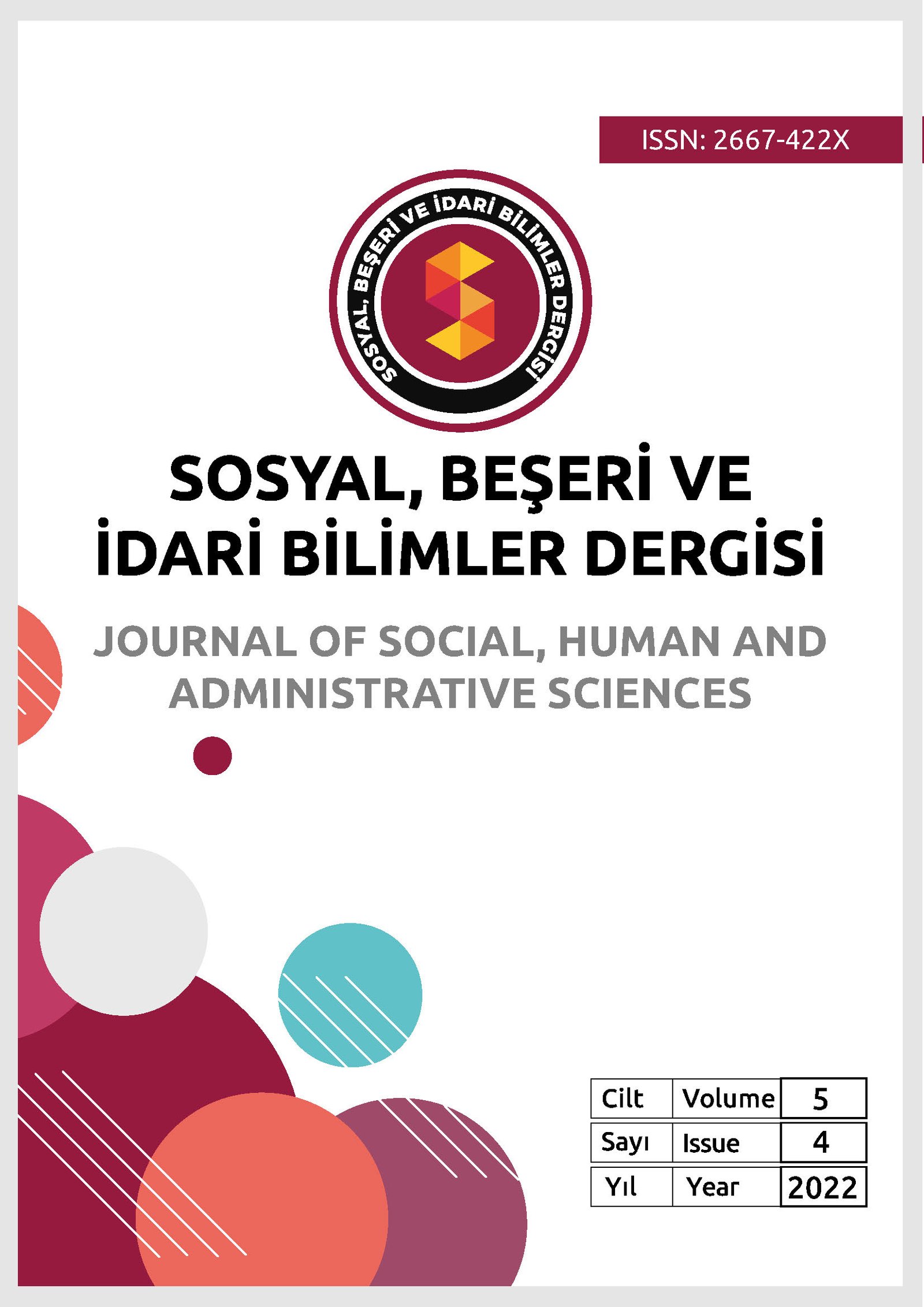The Effects of Internal Migrations Between Regions to Urbanization in Turkey: Case of İstanbul
Main Article Content
Abstract
Regions were defined according to NUTS criteria, which is the EU regional classification, in order to make interregional socio-economic analyzes and to produce data comparable to the European Union (EU). The threshold population sizes for NUTS regions of the European Union Commission have been determined as 3,000,000-7,000,000 for NUTS level 1, 800,000-3,000,000 for NUTS level 2 and 150,000-800,000 for NUTS level 3. Istanbul, which is the focal point of our field of work, is the only unit that is handled self-contained at all three levels. When we look at the population change of Istanbul, which is shaped by both internal migration and rapid urbanization, it is known that the total population was 800,000 in 1927 when the first census was made, 1000,000 in 1945, 3000,000 in 1970, 7000,000 in 1990 and 10 million in 2014 and 14 million in 2014. When we evaluate the change of the population in 2019 and 2020; We see that the total population exceeds 15 million. Istanbul, Turkey is hosting the 18.49% of the total population. According to the 2020 TUIK data, while the arithmetic population density of Turkey is 109, the arithmetic population density of Istanbul is 2976. Although there is a lot of work to be done and a lot to be said for Istanbul, the first metropolitan city that comes to mind when it comes to urbanization and migration, in our study, the internal migration phenomenon that the city is exposed to has been evaluated by comparing it with other regions.
Article Details

This work is licensed under a Creative Commons Attribution 4.0 International License.

